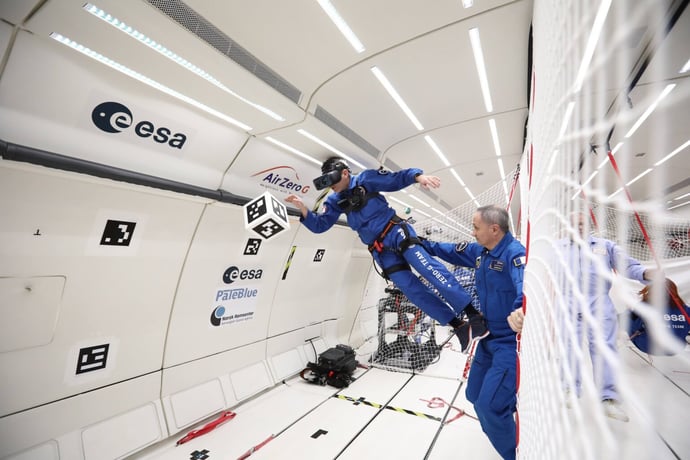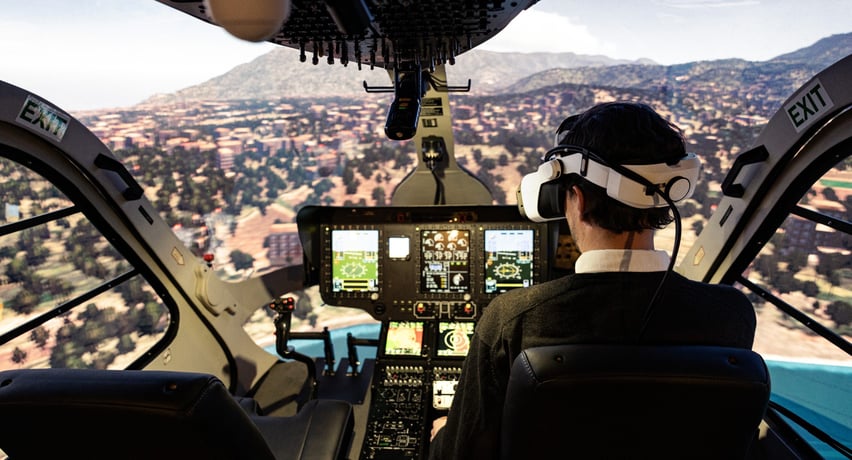A New Dimension in Design and Perception
The team found their match with the Varjo Aero, Varjo’s leading-edge VR headset which stood out due to its high-resolution capabilities and superior performance over competitors. With Varjo Aero’s high-precision visual fidelity, KPF can now go beyond just spatial analysis in virtual reality: they can scrutinize even the finest of details and are able to see what equates to a one-to-one representation of the real world. This level of realism holds the potential to transform both project workflows and client interactions.
“The Varjo headset significantly altered our designers’ perspective on what VR could offer,” says Andy Christoforou, Applied Research Project Innovation Manager at KPF New York. “The second we tried it, we kind of fell in love with it because it checks off all the things we needed in a headset.”
Although 3D architectural renderings have been used for many years, they’ve traditionally been confined to the two-dimensional limits of monitors or screens. VR-based visualization transcends this limitation by placing users directly into the architectural scene, offering a true sense of dimensions and reducing the need to grasp complex technical measurements. “The ability for architects to transport and immerse themselves within a virtual building model offers a unique perspective and better sensory feedback compared to viewing it on a screen or physical model,” explains Jonathan Dreyfus, Computational Practice Specialist at KPF London.
“As VR/XR technology becomes more hyper-realistic, I believe the industry will shift to use it more and more alongside traditional media. After all, why restrict yourself to a single image when you can experience a fully immersive and interactive environment?” notes Jonathan Dreyfus.








